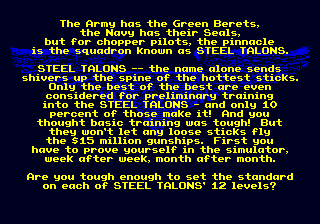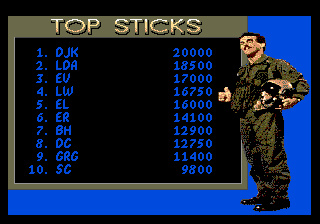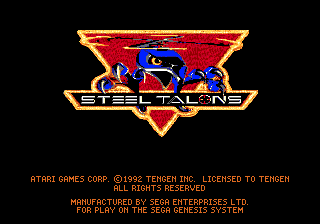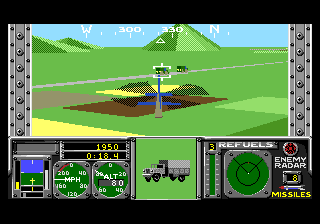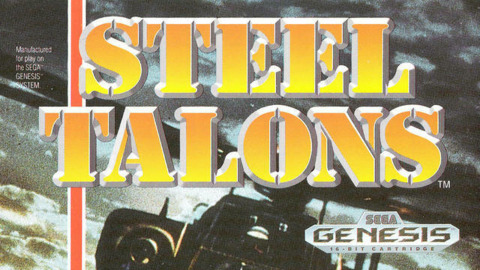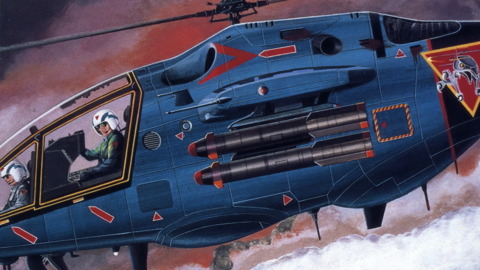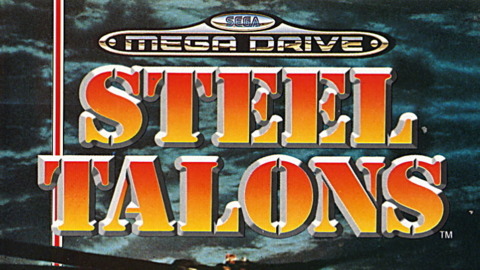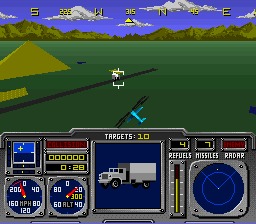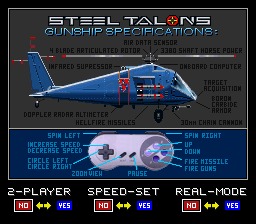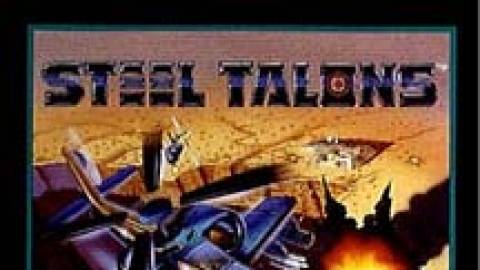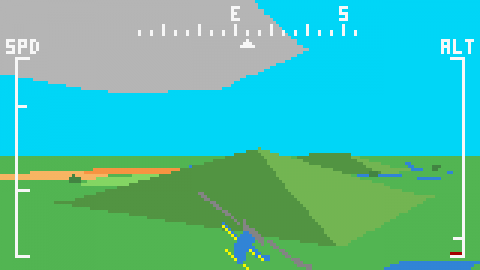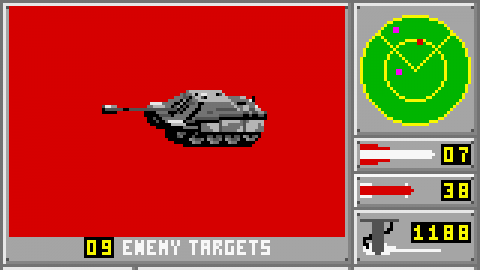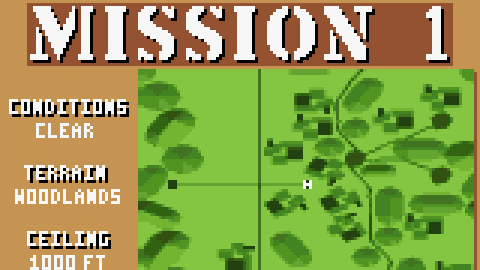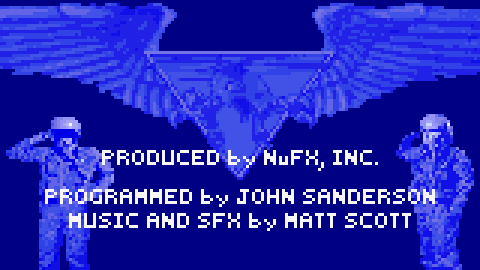Overview

Steel Talons is a helicopter combat arcade game released by Atari in 1991. It is a spiritual successor to Battlezone, another vector graphics based war game. The arcade cabinet is a side by side two player cabinet that allowed the player to sit inside while they play to recreate the experience of being inside an actual helicopter cockpit. The game features large open world levels in several different terrains, and the possibility of both co-operative and competitive play with the player on the other side of the cabinet.
Steel Talons was ported to the Genesis and Super Nintendo, as well as Atari's home systems the Atari ST, Atari Lynx and Atari Falcon. Each system approached the game's 3D vector polygon graphics differently.
Gameplay
Steel Talons is a helicopter combat simulator where the player is placed into a stage and given an objective to complete. These objectives can be either combat related, such as clearing out all the enemies on the field, to trying to fly through a canyon without crashing into the walls. Almost all levels feature some enemies that the player has to fight, and as the game progresses and the difficulty ramps up, the number of enemies and their aggression ramps up considerably.
The player can only take a certain amount of damage before their helicopter explodes, but this does not end the game then and there. Death only depletes the player's fuel supply, which serves as both the unofficial time meter and the player's lives. In earlier levels, the limited amount of enemies gave the player ample time to clear them out before the fuel gauge ran out, but in later levels the player has little room for error before they start running low. The fuel gauge serves as both a time limit for stages, and as a way to get more quarters out of the player, as each additional quarter refuels the helicopter in mid level.
Earlier levels feature enemies that are scattered so the player only has to handle one at a time, and they also attack much less frequently and from closer distances. As the difficulty ramps up, enemies are grouped together and attack when they are farther away making them much more challenging to take out. If the player completes a level, their helicopter is repaired for the next.
Co-operative play is available if both players start the game and selects the same level at the same time. Co-operative play makes the game significantly easier as players can either attack enemies together drawing fire and sharing the damage, or by heading out separately and clearing out the level in half of the time. A co-op game also helps out players by preventing any game overs as long as one player remains alive. While crashing in single-player forced the player to restart from scratch, as long as one person is left in the stage, the other can start over with a new helicopter and join in again.
If two players start at the same time, they can also unlock and select a death-match stage in the game which is dedicated to one on one combat with the other player. Unlike the other stages, this level is much smaller and features a sort of urban environment with large towers for players to hide behind and try to catch their opponent off guard. While unique for the time, the combat is somewhat limited as the players only had two weapons at their disposal, and it often boiled down to who managed to sneak up on the other first. Given the slow moving nature of helicopters, if one player was behind the other, they can often get a missile lock or a good number of bullets into their opponent before they can run away or turn around to fire back.
Controls
The arcade cabinet for Steel Talons featured somewhat realistic controls for the time. It has three major controls for the player to use all at the same time in order to fly and attack. The first was the joystick that stood front and center in front of the player. The joystick controls the tilt of the helicopter allowing it to move forwards and backwards and strafe from side to side. The joystick features two buttons, a trigger in the front and a thumb button off to the side. The trigger controls the 30mm canon machine guns which have unlimited ammo. There is no cross hair or targeting on the screen, so the computer aims at whatever target it assumes the player is pointing at. This occasionally leaves the player attacking a target they didn't want to whenever enemies become more clustered. The thumb button launches missiles of which the player has a finite supply per stage. Missiles lock on to targets automatically after they came into range for a short period of time and home in once fired. The missiles are very powerful and can usually destroy a target in one hit.
Underneath the joystick is a set of foot pedals for the player to rest their feet on. These pedals control rotation of the helicopter allowing players to either maintain altitude and change their position, or the change the angle of their forward momentum.
Underneath the seat to the left hand side is the collective. This handle controls the altitude of the helicopter at any given time, allowing the player to rise up beyond the reach of enemy fire, or to hide behind any low cover that is available. The collective has a bright yellow handle that was similar to a rubber bicycle handle.
The seat itself is also an integral part of the full body experience. It came with a feature called the "Rump Thump" which shakes the seat whenever a player is being hit. This is more than a simple vibration as the Rump Thump feels and sounds violent, as if a hammer is being banged against it, which probably isn't far from the truth of how the device worked. Rump Thump was short lived however, appearing only in Steel Talons and Road Riot 4WD, but it was in many ways a precursor to more modern arcade setups that have similar, more elegant force feedback and speakers in the seats.
Players have a heads up display on the screen at all times that gives them information about how much fuel they have left, enemies on the radar, their missile supply, and a small screen that either displays the area map or tells them what they were targeting at that moment. This is particularly useful because the limited vector graphics available at the time left a lot to be desired, and it would look as if the player was targeting grey squares on the ground. This helps create a better picture of what is going on, and also helps the player know if they were shooting at an enemy that can fight back, or simply a building next to it.

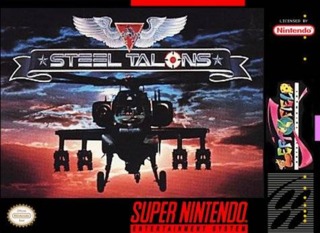
 Genesis
Genesis